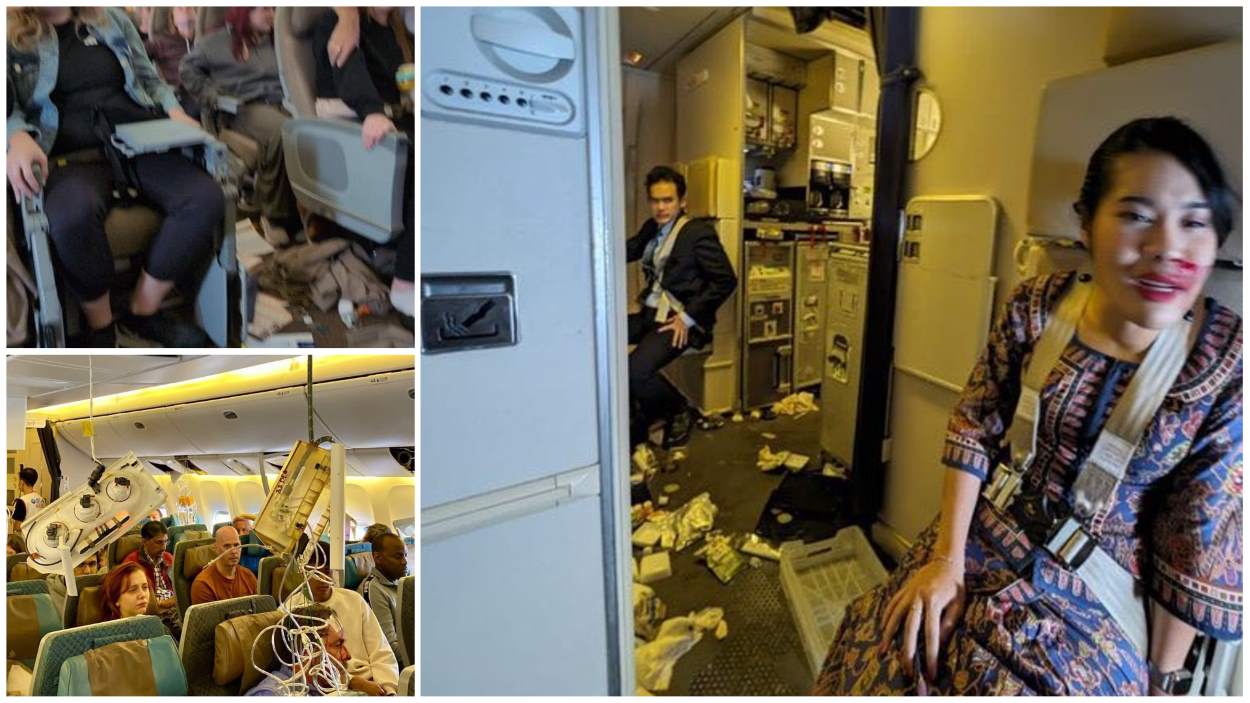On Tuesday, a Singapore Airlines flight from London to Singapore encountered a tragical turbulence incident resulting in the death of one passenger and injuries to several others. The aircraft, a Boeing 777-300ER, carrying 211 passengers along with 18 crew members, was compelled to divert to Bangkok. It safely landed at 08:00 GMT amidst emergency conditions.
In response to the tragic incident, Singapore Airlines issued a statement extending its deepest condolences to the family of the deceased passenger. It announced it would coordinate closely with Thai authorities to provide medical support to those affected by Flight SQ 321. Additionally, the airline is dispatching assistance to Bangkok to aid in the response and support efforts.
The incident occurred when the aircraft unexpectedly dropped 6,000 feet. According to one passenger, the plane began to tilt upwards and shake violently before experiencing a dramatic descent. “Suddenly, there was a dramatic drop, so everyone seated and not wearing a seatbelt was launched immediately into the ceiling,” the passenger described. This sudden jolt resulted in numerous passengers, who were not secured, colliding with the overhead compartments. Some impacts were so severe that they damaged the compartments and even broke through areas housing emergency equipment like lights and oxygen masks.
As reported by the BBC, Thai emergency services, including ambulances and crisis teams, were mobilized to Suvarnabhumi Airport.
Details regarding the specific conditions that led to the turbulence have not yet been clarified. While flights commonly encounter minor turbulence, severe cases are uncommon. Although pilots often anticipate and communicate about turbulence, it can occasionally occur unexpectedly. This atmospheric phenomenon is unpredictable and can manifest under any weather conditions.






